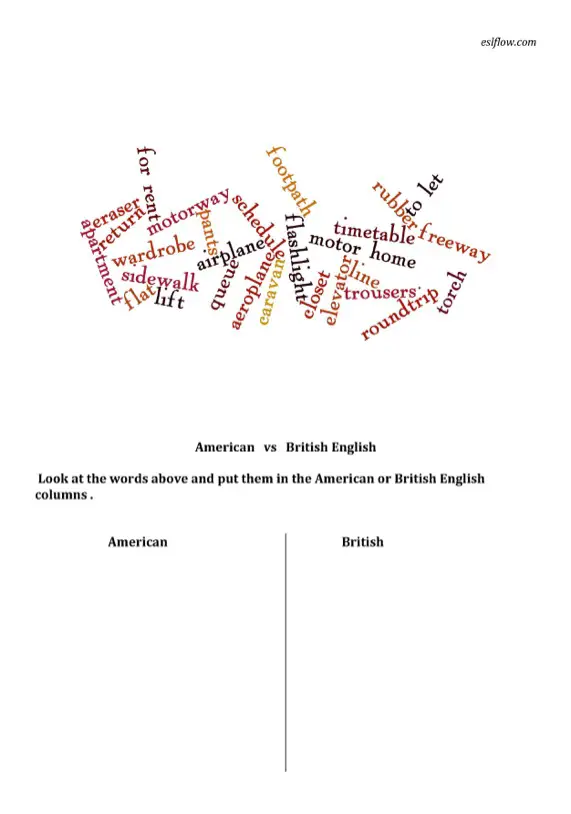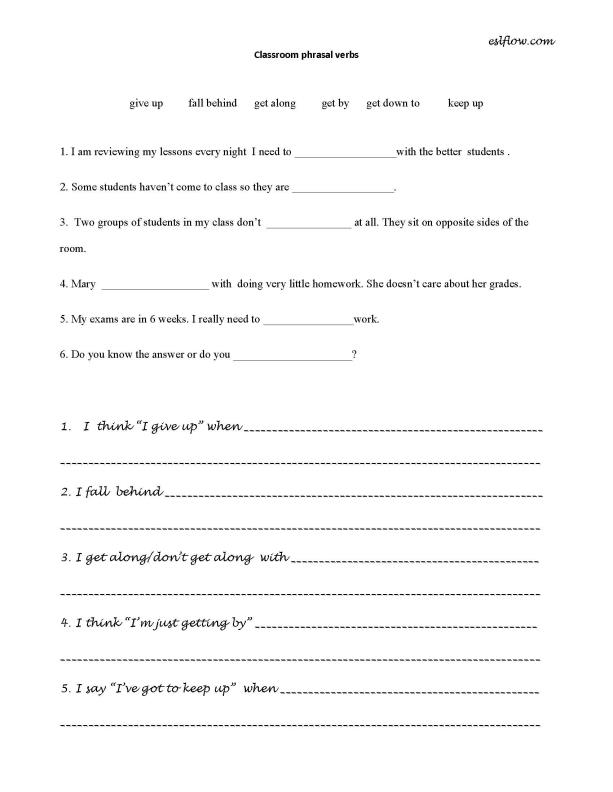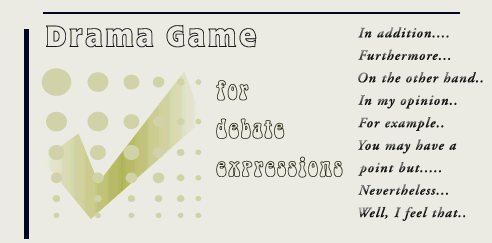Icebreaker in a Foreign Country
(PDF download)
For this icebreaker you need to do a little bit of research beforehand. Learn a little about your students from someone who knows, perhaps another teacher or someone working in the school or organization.
1) Ask them questions about age, nicknames, occupations and general demographic make-up of the students.
2) Also ask questions about the local foods, popular places, popular TV shows and stars, local cars and any other topic that might relate to the daily lives of your students.
Once you have this information you are armed for an engaging introduction to the class. As you go through the name list of the students you throw in Yes/No questions as you try to predict likes, dislikes and habits of your students.For example you might have a list of student names but no nicknames so you ask…..
Somchai, is your nickname “Chai”?
then you might ask…
Do you live on Blah Blah Road?
or
Do you go to ZZZZZZ University?
This can get quite funny when you actually start guessing correctly. You can pretend to be some kind of fortune teller. Also, you can use previous answers to formulate new questions…
Yui, which kind of food do you like, shark fin soup or bird’s nest soup?
Ultimately, you should have succeeded in showing the students that your are interested in them and are willing to engage with their culture. So whatever you do next should flow smoothly. A possible follow-up to this activity would be to get each student or pair of students to write their own Yes/No or multiple choice questions and ask around the class.
Other resources
Pic Tac Toe
Ghosts Game
Champagne Story
FAQ Role Play
Debate Role Play
Eternal Mingle
Personal Complaints Role Play
Consumer Complaints Role Play
9 Super Elementary Speaking Exercises
5 Elementary Create a Conversation Exercises for Speaking Classes
5 Elementary Conversational Expressions Exercises
5 First Day Activities for an ESL Class
10 Really! Elementary ESL classroom icebreakers
7 Essential Speaking Activities for ESL Classes
3 Great Icebreakers to Start a Class
8 Invitation and Request Dialogues for Everyday Scenarios


